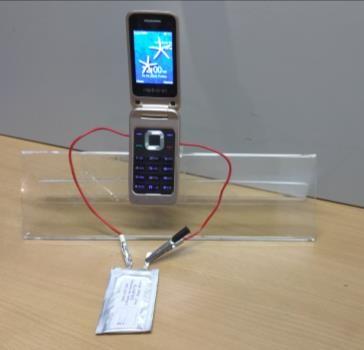This invention introduces a novel anode material, tin monosulfide (SnS), for lithium-ion batteries. The SnS anode offers several advantages over traditional graphite anodes, including faster production, improved safety, higher energy density, and shorter charging times.
The increasing demand for high-performance electronics and electric vehicles has exposed limitations in current lithium-ion battery technology. Graphite, the current standard anode material in lithium-ion batteries, restricts their energy density and charging speed. Existing attempts to develop high-capacity alternatives often involve lengthy production times or compromise safety.
- Higher energy density: SnS anodes deliver significantly higher energy density compared to conventional graphite anodes. With a specific capacity around 900mAhg-1, compared to graphite's 300mAhg-1, SnS batteries can store considerably more energy per unit mass, leading to a more compact and powerful battery.
- High-yield, short-time synthesis: The process for SnS anode material synthesis has a high yield and can be completed in a short time compared to existing methods, thereby making it more cost-effective.
- Enhanced safety: A critical advantage of SnS anodes is their improved safety profile. Unlike graphite, which can form lithium dendrites that pose fire hazards, SnS does not exhibit this behavior. This makes SnS batteries a safer alternative for various applications.
- Anode: Tin monosulfide (SnS)
- Cathode: Lithium cobalt oxide (LCO)
- Cell format: Pouch cell (SnS-LCO pouch cell)
- The process enables the production of 25 grams of material in the nano-range from 1 liter of solution.
The SnS-LCO pouch cell has been successfully used to power a mobile phone, showcasing its practical application and reliability. The SnS anode has shown significant safety improvements over commercial graphite anodes, with no fire risk observed after full charge. The synthesis process is capable of producing 25 grams of nano-range material from 1 liter of solution in 1 hour and 20 minutes, indicating potential for large-scale production.
6
This technology could revolutionize battery technology by enabling safer, faster-charging, and more powerful lithium-ion batteries. Widespread adoption could support the growth of electric vehicles and renewable energy integration.
- Electric Vehicles (EVs)
- Grid storage solutions
- Consumer electronics
- Power tools
Geography of IP
Type of IP
201821000200
491430

